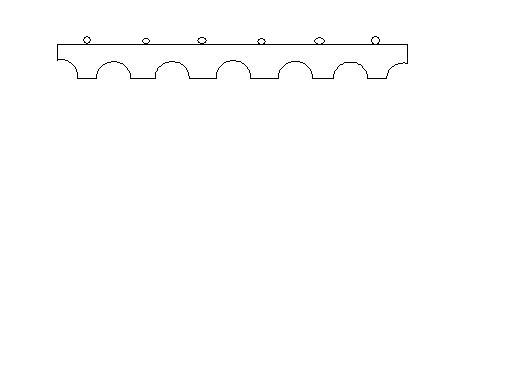|
edgar884 -> RE: Better response and sound (Jul. 24 2006 23:16:59)
|
Could have sworn you were in school, my bad who was it that had left the forum and went to school for a while. HMMMMM
Well anyway I'ts good to hear from you JIm, You've been out for a while ehhhh.
Why is the bottom of my saddle angled like a knife, sorry still curious, anyone know.
Seems like the more saddle hitting the bridge, the more tone and volume you would get. But I thought maybe it's so there is less to sand when lowering the action.
It looks like it is about a 45 degree angle. Is it common to have high action on a Flamenco guitar, I've allmost got my action right where I like it, but when I bought it, it was pretty high for a Flamenco but low for a Classical guitar.
hmmmmmmmmmmm pondering....
|
|
|
|

